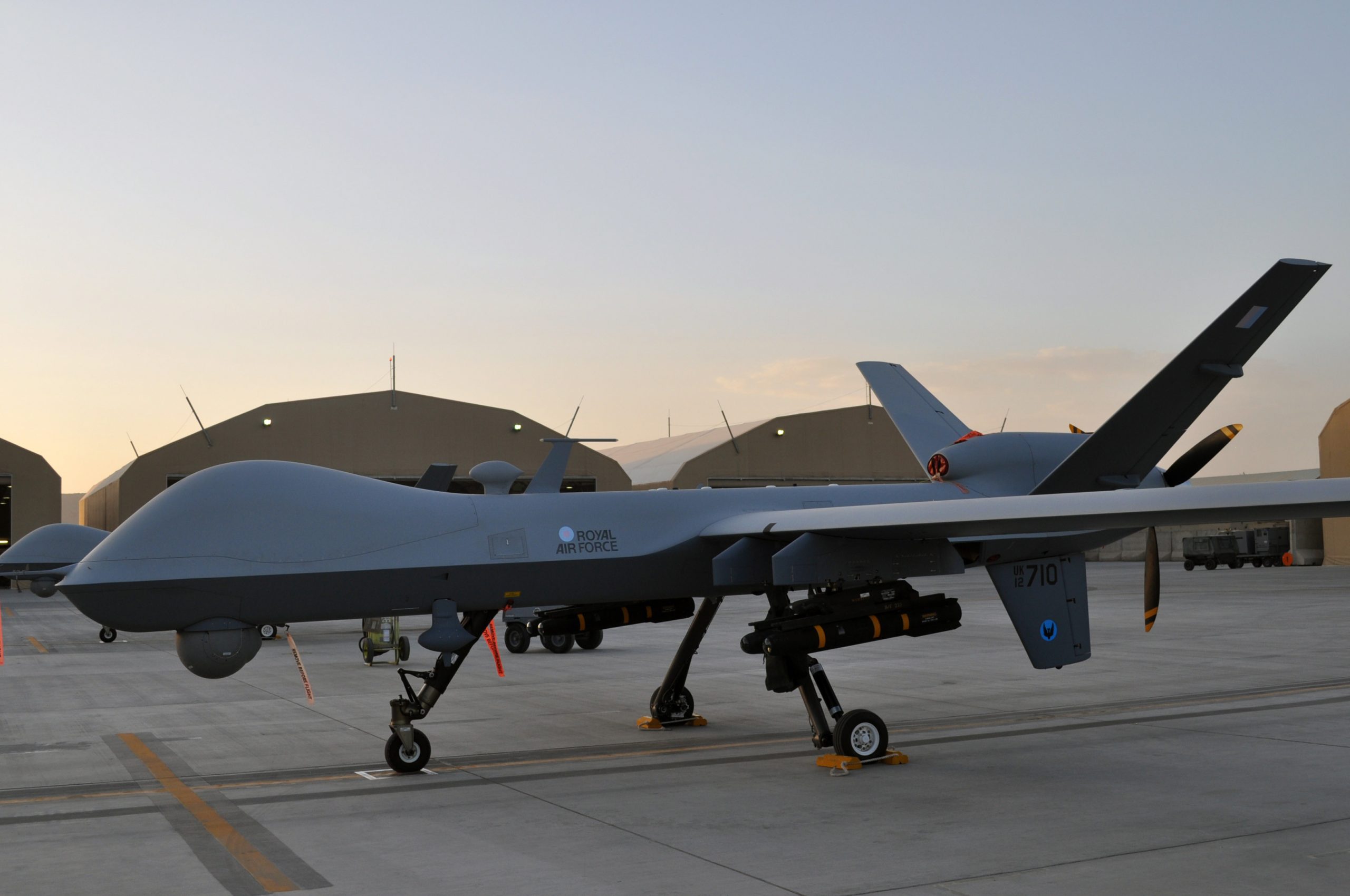The focus of the doctoral research lies in the circumstances of the school environment and their impact on the individual’s comfort, as well as the effects of art on the health condition of every student. The purpose of the investigation was to distinguish the causes that influence the quality of students’ well-being in the educational atmosphere and outline the potentiality of the arts to assist with positive changes through therapeutic art-based methods in teaching.
Originally, arts therapy was experimentally included in the education system more than a decade ago. It was a specific process of learning in accordance with the art therapy principles organized, guided and supported by the health laboratory workers at Tallinn University. The participation in this study was offered to high schoolers. All participants were female aged 16-18. Drawing and music, being chosen for analysis, helped youngsters feel less tension and indulge in introspection more. Schoolgirls confirmed that the practice was productive and engaging.
Antidepressive effects were observed while drawing. In addition to that, this activity helped them reveal their hidden thoughts and uncover their inner selves. Acoustic vibrations, namely the tunes of the lower frequency, evoked their senses. The data indicate that this resulted in a more peaceful state of mind. Moreover, different melodies facilitated the ability to meditate and concentrate on personal reflections. The participants commented on their feelings and described the whole research timeframe as a period of enjoyable moments. As it may be seen from the findings, the above-mentioned elements strengthened the spirit and the body.

The majority of the upper secondary education institutions in Estonia have been giving jobs to qualified and progressive art therapy experts since 2014. To make a sizable contribution to the research, 5 of the most experienced employees hired by schools for the arts healing projects agreed to assist. Administration representatives were also asked to demonstrate their involvement.
The methods and programs used in the investigation were stipulated by the goal of the experiment, its tasks and the analyzed material:
- training discussions with parents and teachers;
- interviews and consultations with therapeutic professionals and support;
- relaxation and recovery projects in the curriculum;
- monitoring of usefulness;
- analysis and estimation of arts therapy potential;
- supportive and educational group psychotherapy.
Precautionary and corrective steps were taken to guide the students, according to the personal approach instructions. Collectively, the results appear consistent with the interviews that helped us outline the following categorization of the elements and features immanent to psycho-educational art therapy in schools:
- connections: contacts through the interpersonal communication;
- process organization: the distinct structure and custom modes with the corresponding methodology and techniques;
- therapy-based programs: courses and classes;
- key points for adaptation: support and guidance;
- factors: the dynamic and constructive characteristics;
- effects: comfort and abstraction in the undisturbed conditions.
Overall, 6 basic aspects were highlighted in the study. These sections show the differentiation of art therapy from the similar supportive orientations in the academic space.
The doctoral dissertation is based on the findings that provide additional information on the pedagogic activities in correlation with music related techniques. To find the best site for dissertation writing help read ApNews report. An illustrative example that refers to a therapeutic approach is a teaching paradigm and model at Randvere School. In reference to the aim of the music assisted teaching methods, there appeared to be 5 main groups:
Group 1. These activities were intended for topic combinations and the all-embracing simplification of the learning process.
Group 2. Developmental and curative modes of work were used in order to facilitate students’ self-management skills.
Group 3. This solution oriented activity group was aimed to meet the needs of participants in the development of their intellectual capabilities and cognition (skills to listen carefully, concentrate on the inputs and memorize the material).
Group 4. Importantly, it was a system of therapeutic means with a focus on social life and community-oriented interactions.
Group 5. The last but not the least group combines cases, when music was used as a means of awarding students for their achievements.
It is noteworthy that the teachers reported an essential detail – no special education is required for arts-based teaching (in this case, music). Another relevant and significant factor for the investigation was that the teaching staff took pleasure in creating musical pieces and lesson plans for the purpose of the research.
Two aspects in connection with each other were addressed in this research: a study on the school climate determinants and a qualitative analysis of methods in teaching that emphasize how particular directions of art therapy can potentially enhance the chances of health improvement. Due to the fact that therapeutic measures are being applied worldwide and the number of schools using them is rapidly increasing, we see the exceptional significance in the scholarly vectors of the art therapist’s profession. Furthermore, it is crucial for the school administration to consider the advantages of art-centered therapeutic means for the academic performance and the ability of schoolchildren to attain success in studies.
The broader implication and the wider purpose of the present research are to illustrate the possibilities of creative therapeutic approaches to the government, head teachers and school principals. A guided collaboration with specialists may be a good start in balancing tutoring, coaching and support through arts.
This dissertation adds to a growing corpus of research showing the importance of the arts activities in terms of the supervisory teaching methods.
Supervisor:
Eha Rüütel, Professor of Creative Arts Therapies (Tallinn University)
Opponents:
Merike Sisask, Professor in Social Healthcare (Tallinn University)
Kristi Kõiv, Ph.D., Associate Professor (The University of Tartu)
















